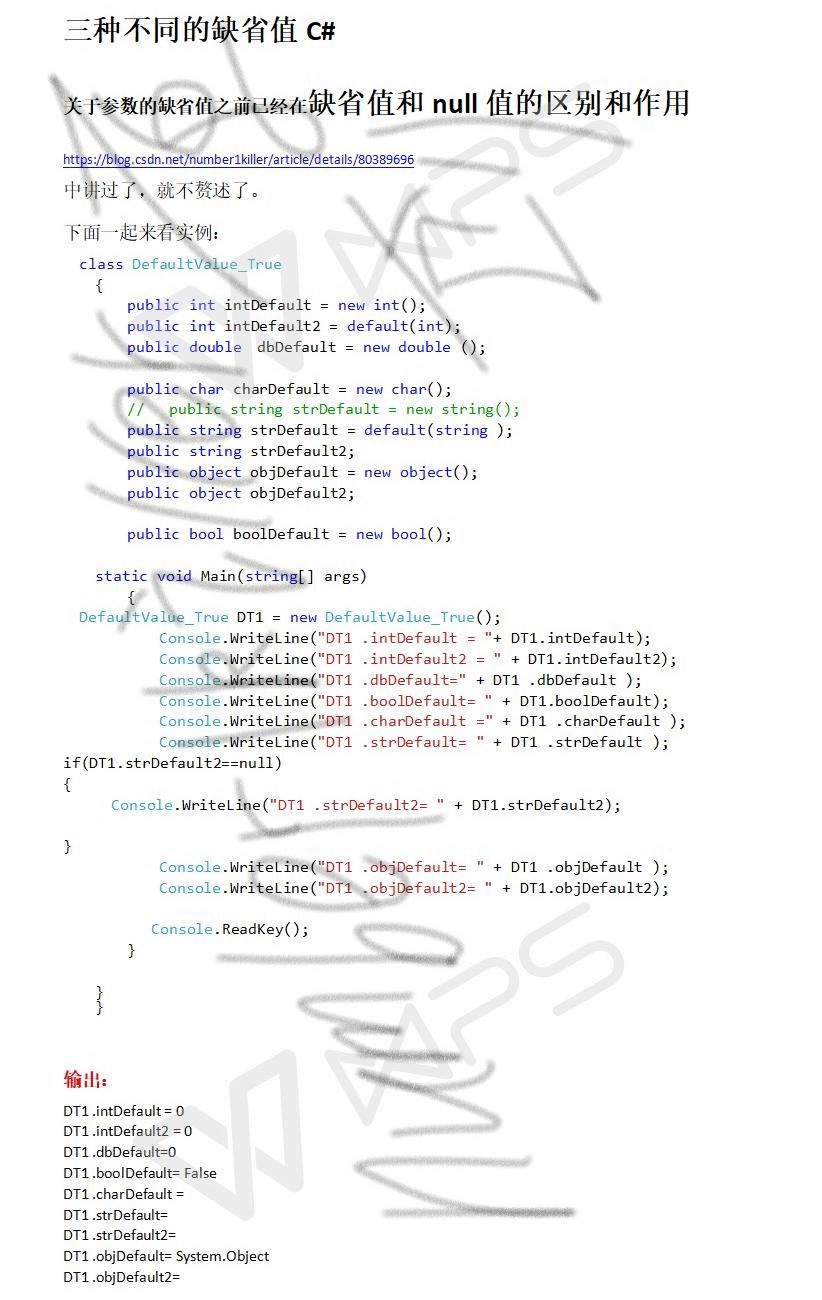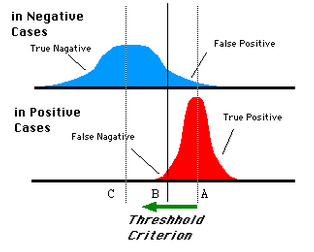[Pytorch学习]Learning pytorch with examples
Learning pytorch with examples
- 前言
- Tensors
- Warm-up numpy
- PyTorch: Tensors
- Autograd
- PyTorch: Tensors and autograd
- PyTorch:Defining new autograd functions
- nn module
- PyTorch: nn
- Pytorch:optim
- Pytorch: Custom nn Modules
- Pytorch:Control Flow+Weight Sharing
前言
pytorch的优点
- 有类似于numpy数组的叫Tensor的类,但是可以在GPU上运行
An n-dimensional Tensor, similar to numpy but can run on GPUs - 在构建和训练神经网络的过程中可以自动求微分
Automatic differentiation for building and training neural networks
Tensors
Warm-up numpy
大致的网络结构为
输入 -> 隐层h -> 全连接层h_relu -> 输出层
- 输入->隐层h 有权重W1
- 隐层h->全连接层 运用了RELU激活函数
- 全连接层 -> 输出层 运用了W2
方法:
梯度下降法
损失函数:
均方误差
这里在计算梯度的使用使用了矩阵方程法:
g r a d i e n t = ∂ J ( θ ) ∂ θ = X T ( X θ − Y ) gradient=\frac{ \partial{J(\theta)} }{ \partial{\theta} }=X^T(X\theta-Y) gradient=∂θ∂J(θ)=XT(Xθ−Y)
w = w − α ∗ g r a d i e n t w=w-\alpha *gradient w=w−α∗gradient
import numpy as np# N is batch size; D_in is input dimension;# H is hidden dimension; D_out is output dimension.N, D_in, H, D_out = 64, 1000, 100, 10# Create random input and output datax = np.random.randn(N, D_in) # 输入y = np.random.randn(N, D_out) # 输出# Randomly initialize weightsw1 = np.random.randn(D_in, H) #w2 = np.random.randn(H, D_out)learning_rate = 1e-6for t in range(500):# Forward pass: compute predicted yh = x.dot(w1)h_relu = np.maximum(h, 0)y_pred = h_relu.dot(w2)# Compute and print lossloss = np.square(y_pred - y).sum()print(t, loss)# Backprop to compute gradients of w1 and w2 with respect to lossgrad_y_pred = 2.0 * (y_pred - y)grad_w2 = h_relu.T.dot(grad_y_pred)grad_h_relu = grad_y_pred.dot(w2.T)grad_h = grad_h_relu.copy()grad_h[h < 0] = 0grad_w1 = x.T.dot(grad_h)# Update weightsw1 -= learning_rate * grad_w1w2 -= learning_rate * grad_w2
PyTorch: Tensors
Pytorch可以利用GPU来加速数值计算
使用方法:
dtype = torch.floatdevice = torch.device("cpu")# device = torch.device("cuda:0") # Uncomment this to run on GPU# N is batch size; D_in is input dimension;# H is hidden dimension; D_out is output dimension.N, D_in, H, D_out = 64, 1000, 100, 10# Create random input and output datax = torch.randn(N, D_in, device=device, dtype=dtype)y = torch.randn(N, D_out, device=device, dtype=dtype)
Autograd
PyTorch: Tensors and autograd
使用pytorch 自动微分 automatic differentiation的功能去自动进行反向传播的过程。
例子:
import torchdtype = torch.floatdevice = torch.device("cpu")N, D_in, H, D_out = 64, 1000, 100, 10x = torch.randn(N, D_in, device=device, dtype=dtype)y = torch.randn(N, D_out, device=device, dtype=dtype)w1 = torch.randn(D_in, H, device=device, dtype=dtype, requires_grad=True)w2 = torch.randn(H, D_out, device=device, dtype=dtype, requires_grad=True)learning_rate = 1e-6for t in range(500):y_pred = x.mm(w1).clamp(min=0).mm(w2)loss = (y_pred - y).pow(2).sum()print(t, loss.item())loss.backward() # 进行反向传播操作with torch.no_grad(): # 不把以下操作记作自动微分的函数操作一部分w1 -= learning_rate * w1.gradw2 -= learning_rate * w2.gradw1.grad.zero_()w2.grad.zero_() # 清除梯度
PyTorch:Defining new autograd functions
自动微分操作包括两部分:
- Forward Function:根据input Tensors来计算output Tensors
- Backward Function:以输入的标量为值,计算梯度
我们可以自己定义我们的autograd operator自动微分运算。
该类需要继承torch.autograd.Function
实现 forward/backward函数
然后我们可以构建一个实例,并像函数一样调用它。
例子:
import torchclass MyReLU(torch.autograd.Function):def forward(ctx, input):ctx.save_for_backward(input)return input.clamp(min=0) # 相当于实现RELU的函数的功能def backward(ctx, grad_output):input, = ctx.saved_tensorsgrad_input = grad_output.clone()grad_input[input < 0] = 0return grad_input # 计算RELU的梯度dtype = torch.floatdevice = torch.device("cpu")N, D_in, H, D_out = 64, 1000, 100, 10x = torch.randn(N, D_in, device=device, dtype=dtype)y = torch.randn(N, D_out, device=device, dtype=dtype)w1 = torch.randn(D_in, H, device=device, dtype=dtype, requires_grad=True)w2 = torch.randn(H, D_out, device=device, dtype=dtype, requires_grad=True)learning_rate = 1e-6for t in range(500):relu = MyReLU.applyy_pred = relu(x.mm(w1)).mm(w2)loss = (y_pred - y).pow(2).sum()print(t, loss.item())loss.backward()with torch.no_grad():w1 -= learning_rate * w1.gradw2 -= learning_rate * w2.gradw1.grad.zero_()w2.grad.zero_()
nn module
PyTorch: nn
nn包定义了一系列的模型(Module),这些Module大致和神经网络的层相同。
一个模型(Module)接受input Tensor, 产生ouput Tensor,但是也会再内部产生包含可学习参数(learnable parameters)的Tensors。
使用NN包构建神经网络的例子
# -*- coding: utf-8 -*-import torch# N is batch size; D_in is input dimension;# H is hidden dimension; D_out is output dimension.N, D_in, H, D_out = 64, 1000, 100, 10# Create random Tensors to hold inputs and outputsx = torch.randn(N, D_in)y = torch.randn(N, D_out)# Use the nn package to define our model as a sequence of layers. nn.Sequential# is a Module which contains other Modules, and applies them in sequence to# produce its output. Each Linear Module computes output from input using a# linear function, and holds internal Tensors for its weight and bias.model = torch.nn.Sequential(torch.nn.Linear(D_in, H),torch.nn.ReLU(),torch.nn.Linear(H, D_out),)# The nn package also contains definitions of popular loss functions; in this# case we will use Mean Squared Error (MSE) as our loss function.loss_fn = torch.nn.MSELoss(reduction='sum')learning_rate = 1e-4for t in range(500):# Forward pass: compute predicted y by passing x to the model. Module objects# override the __call__ operator so you can call them like functions. When# doing so you pass a Tensor of input data to the Module and it produces# a Tensor of output data.y_pred = model(x)# Compute and print loss. We pass Tensors containing the predicted and true# values of y, and the loss function returns a Tensor containing the# loss.loss = loss_fn(y_pred, y)print(t, loss.item())# Zero the gradients before running the backward pass.model.zero_grad()# Backward pass: compute gradient of the loss with respect to all the learnable# parameters of the model. Internally, the parameters of each Module are stored# in Tensors with requires_grad=True, so this call will compute gradients for# all learnable parameters in the model.loss.backward()# Update the weights using gradient descent. Each parameter is a Tensor, so# we can access its gradients like we did before.with torch.no_grad():for param in model.parameters():param -= learning_rate * param.grad
Pytorch:optim
之前我们需要手动更新参数,这对简单的优化算法,比如随机梯度下降,来说是比较简单的。但是使用复杂的优化算法(比如 AdaGrad, RMSProp)就比较麻烦了。
使用optim包可以简化我们的优化过程,省去手工操作引起的不必要的麻烦。
注意,每次调用optim优化器的时候,要清空梯度,因为默认pytorch会累加梯度。
例子:
# -*- coding: utf-8 -*-import torch# N is batch size; D_in is input dimension;# H is hidden dimension; D_out is output dimension.N, D_in, H, D_out = 64, 1000, 100, 10# Create random Tensors to hold inputs and outputsx = torch.randn(N, D_in)y = torch.randn(N, D_out)# Use the nn package to define our model and loss function.model = torch.nn.Sequential(torch.nn.Linear(D_in, H),torch.nn.ReLU(),torch.nn.Linear(H, D_out),)loss_fn = torch.nn.MSELoss(reduction='sum')# Use the optim package to define an Optimizer that will update the weights of# the model for us. Here we will use Adam; the optim package contains many other# optimization algoriths. The first argument to the Adam constructor tells the# optimizer which Tensors it should update.learning_rate = 1e-4optimizer = torch.optim.Adam(model.parameters(), lr=learning_rate)for t in range(500):# Forward pass: compute predicted y by passing x to the model.y_pred = model(x)# Compute and print loss.loss = loss_fn(y_pred, y)print(t, loss.item())# Before the backward pass, use the optimizer object to zero all of the# gradients for the variables it will update (which are the learnable# weights of the model). This is because by default, gradients are# accumulated in buffers( i.e, not overwritten) whenever .backward()# is called. Checkout docs of torch.autograd.backward for more details.optimizer.zero_grad()# Backward pass: compute gradient of the loss with respect to model# parametersloss.backward()# Calling the step function on an Optimizer makes an update to its# parametersoptimizer.step()
Pytorch: Custom nn Modules
前面我们用简单的torch.nn.Sequential(..., ..., ...)来定义神经网络。
当我们要定义更加复杂的神经网络的时候,我们要继承torch.nn.Module并且定义forward,forward函数接受输入Tensor,产生输出Tensor。
例子:
一个两层的自定义神经网络
# -*- coding: utf-8 -*-import torchclass TwoLayerNet(torch.nn.Module):def __init__(self, D_in, H, D_out):""" In the constructor we instantiate two nn.Linear modules and assign them as member variables. """super(TwoLayerNet, self).__init__()self.linear1 = torch.nn.Linear(D_in, H)self.linear2 = torch.nn.Linear(H, D_out)def forward(self, x):""" In the forward function we accept a Tensor of input data and we must return a Tensor of output data. We can use Modules defined in the constructor as well as arbitrary operators on Tensors. """h_relu = self.linear1(x).clamp(min=0)y_pred = self.linear2(h_relu)return y_pred# N is batch size; D_in is input dimension;# H is hidden dimension; D_out is output dimension.N, D_in, H, D_out = 64, 1000, 100, 10# Create random Tensors to hold inputs and outputsx = torch.randn(N, D_in)y = torch.randn(N, D_out)# Construct our model by instantiating the class defined abovemodel = TwoLayerNet(D_in, H, D_out)# Construct our loss function and an Optimizer. The call to model.parameters()# in the SGD constructor will contain the learnable parameters of the two# nn.Linear modules which are members of the model.criterion = torch.nn.MSELoss(reduction='sum')optimizer = torch.optim.SGD(model.parameters(), lr=1e-4)for t in range(500):# Forward pass: Compute predicted y by passing x to the modely_pred = model(x)# Compute and print lossloss = criterion(y_pred, y)print(t, loss.item())# Zero gradients, perform a backward pass, and update the weights.optimizer.zero_grad()loss.backward()optimizer.step()
Pytorch:Control Flow+Weight Sharing
使用python简单的控制流(if-else / loop etc.)以及权重共享机制(同一层反复使用)来实现神经网络。
及达到了代码重用的目的。
# -*- coding: utf-8 -*-import randomimport torchclass DynamicNet(torch.nn.Module):def __init__(self, D_in, H, D_out):""" In the constructor we construct three nn.Linear instances that we will use in the forward pass. """super(DynamicNet, self).__init__()self.input_linear = torch.nn.Linear(D_in, H)self.middle_linear = torch.nn.Linear(H, H)self.output_linear = torch.nn.Linear(H, D_out)def forward(self, x):""" For the forward pass of the model, we randomly choose either 0, 1, 2, or 3 and reuse the middle_linear Module that many times to compute hidden layer representations. Since each forward pass builds a dynamic computation graph, we can use normal Python control-flow operators like loops or conditional statements when defining the forward pass of the model. Here we also see that it is perfectly safe to reuse the same Module many times when defining a computational graph. This is a big improvement from Lua Torch, where each Module could be used only once. """h_relu = self.input_linear(x).clamp(min=0)for _ in range(random.randint(0, 3)):h_relu = self.middle_linear(h_relu).clamp(min=0)y_pred = self.output_linear(h_relu)return y_pred# N is batch size; D_in is input dimension;# H is hidden dimension; D_out is output dimension.N, D_in, H, D_out = 64, 1000, 100, 10# Create random Tensors to hold inputs and outputsx = torch.randn(N, D_in)y = torch.randn(N, D_out)# Construct our model by instantiating the class defined abovemodel = DynamicNet(D_in, H, D_out)# Construct our loss function and an Optimizer. Training this strange model with# vanilla stochastic gradient descent is tough, so we use momentumcriterion = torch.nn.MSELoss(reduction='sum')optimizer = torch.optim.SGD(model.parameters(), lr=1e-4, momentum=0.9)for t in range(500):# Forward pass: Compute predicted y by passing x to the modely_pred = model(x)# Compute and print lossloss = criterion(y_pred, y)print(t, loss.item())# Zero gradients, perform a backward pass, and update the weights.optimizer.zero_grad()loss.backward()optimizer.step()



































还没有评论,来说两句吧...